"You can spend too much time wondering which of identical twins is the more alike." -Robert Brault
You've of course heard by now the news that Kepler, the most successful and prolific planet-finding mission of all time, has probably reached the end of its useful lifespan.
With nearly 3,000 planet candidates under its belt, including many approximately Earth-sized (and some even smaller), and many within their parent star's habitable zone, we now know that, at least planet-wise, we're not alone in our galaxy.
In fact, there are at minimum some 17 billion Earth-sized planets just in the disk of the Milky Way. But it takes a lot more than that to make a genuine twin of the Earth! Yes, we've taken some amazing steps forward in the past few years, but let's not lose sight of the ultimate goal here: to find another planet that harbors some type of advanced life.
That is, chemical-based life akin to what we know on Earth. Even if it were akin to life on Earth as it was 500 million years ago, that'd be incredibly interesting! There are plenty of other possibilities than the chemical-based kind we've developed and grown accustomed to here on Earth, and in fact that may actually be more common in the Universe than the life we know.
There are some good reasons to believe this.
Our Sun is a 4.6 billion year-old G-class star. While you might look at the diagram above and think this makes us an "ordinary" star, the fact of the matter is our star is more massive than 95% of all stars out there! M-dwarfs, the little red guys all the way on the end, are by far the most common star type in the Universe, with three-out-of-every four stars being M-stars. In addition, our oceans will boil after another billion years or so, but M-stars burn at a stable temperature for up to tens of trillions of years!
But that's a digression that could lead us far off course; if we're looking for Earth's twin, or a planet that's an awful lot like our own around a star that's a lot like our own, let's think about what we'll need.
First off, we'll need a star like the Sun. That means a star of both the same temperature and spectral class, but also of roughly the same age.
It takes time for life to develop and evolve into something interesting, and that means we need a star system that's at least many billions of years old. But we also can't wait too long, because as stars age, the region of the core that fuses hydrogen into helium grows, meaning that power output (and brightness, and hence temperature) increases. Eventually, the planets (like Earth) that were once habitable will get too hot, permanently boiling the surface water and ending life-as-we-know-it.
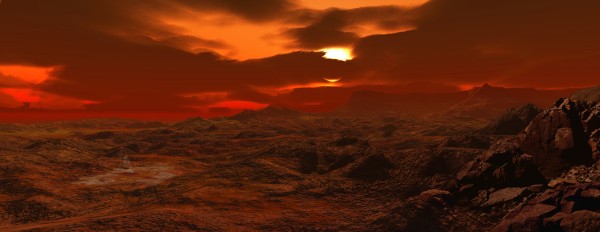 Image credit: artist Ron Miller of http://www.black-cat-studios.com/.
Image credit: artist Ron Miller of http://www.black-cat-studios.com/.
So let's say we've got about a billion-year-window, or about 10% of the life of the star. There are some 200-400 billion stars in our galaxy, and about 7.6% of them are G-class stars, or the same type as our Sun. Even though our Sun is more accurately classified as a G2V star, that still means that around 10% of all G-class stars are the same type as our Sun.
Estimating on the high end, that should tell you that there are 400 billion stars, 7.6% of which are G-class, about 10% of those are the same sub-class as our Sun, and about 10% of those are the right age to have interesting life, or some 300 million candidate stars.
Well, maybe. You see, we need something more than that.
This is the spectrum of the Sun. Or, in other words, these lines you see are representative of all the different atoms -- and their ratios -- that come from the period table of elements. They're abundant in our Sun, and they come in very specific ratios.
The amount of everything that isn't hydrogen or helium to all the fuse-able material in the Sun is what astronomers call metallicity. If we want an Earth-like world, we need a star with a Sun-like metallicity.
This isn't so bad; as many as 25% of the stars that were formed around the same time as our Sun were Intermediate Population I stars (like we are), and a great many of them (perhaps around 15% of those) have the same metallicity as our Sun, shown in green, below.
That means there are some 11 million stars in our galaxy that have the same type of home star we do, with the same abundance of heavy elements, that formed at the right time that they could have complex life on their worlds the same way Earth does. (And this doesn't even take into account that many of the worlds with more or fewer metals could be more likely than Earth to have life. Like I said, just because it happened under our conditions does not mean our conditions are the most favorable for complex life to have happened!)
So out of these 11 million solar "twins," how many of them have Earth-twins in their habitable zones?
Well...
We need to form a rocky planet of the right size with the right elemental abundances, the right amount of water, and in the right location to be considered a twin of the Earth.
These problems are all inter-related. The first one is easy: if the central star has the right elemental abundances, then the planets it formed should have the same density-radius relationship as our Solar System does.
It's difficult to say how abundant this is, because Kepler wasn't really sensitive to that sort of information. If we make our best "guesstimate" using what we know, about 4% of Sun-like stars will have Earth-sized planets in the inner Solar System, and using what we know from simulations of orbital mechanics, maybe 10% of those systems will have an Earth-sized planet in a similar location to Earth around our Sun.
All of which is to say, based on the best that we know right now, there ought to be some 45,000 Earth-twins out there with the same age and the same elemental abundances as ours, and in orbit around a star virtually indistinguishable from our Sun.
To find out how many are more like identical twins than fraternal twins, we need to know a few more things we have no data about yet.
How many of those have both significant oceans and continents like we do?
How many of those have rapid rotations between night-and-day like Earth and Mars do, but like Venus and Mercury don't?
And then, we can get to the real questions, like how many of them had life develop on them? Complex life? How many of them have oxygen-rich atmospheres? How many have magnetically active dynamos in their core?
And maybe the most restrictive in the search for an Earth-twin: How many have a substantial Moon like we do?
Regardless, what I wanted to impress upon you are the following three things, even if you take nothing else away:
- Most of the planets we're finding, that we call "Earth-like" (or even Earth-twins if we're feeling poetic) are more like distant cousins, with more differences than similarities.
- True "twins" of the Earth, where a planet has the same size, elemental abundances, rotation period, a similar Moon, the same age, and orbiting a virtually identical star are really, really rare; there may only be a handful in the entire galaxy when all is said-and-done.
- But if we're looking for complex life, there's no reason to restrict ourselves to Earth-twins; much of what we adore about our planet might not even be the optimal conditions for complex life to have developed!
But -- even with Kepler in the rear-view mirror -- what we know now is incredible.
Unless we're grossly wrong about a whole bunch of things, the conditions for complex life are everywhere in our galaxy, and they're there right now. An Earth-twin might be romantic, but it's a horribly restrictive way to seek out the most distant of our cosmic cousins. Our search continues.

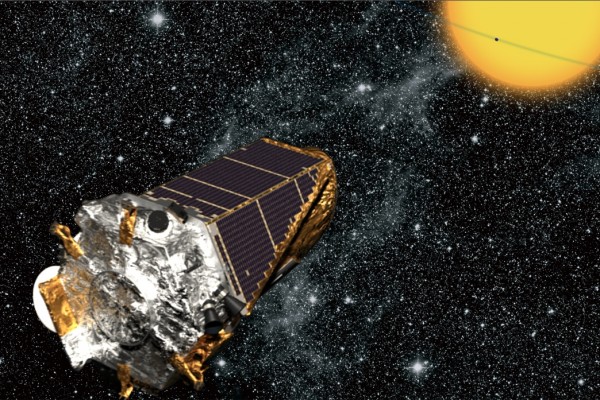
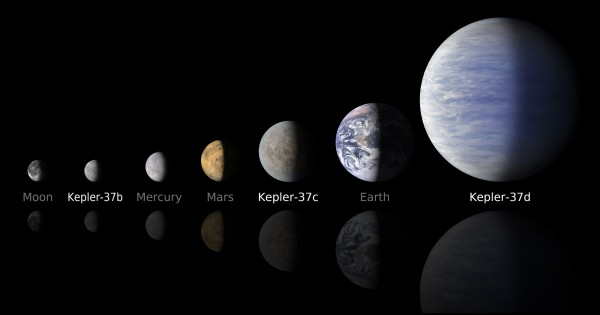
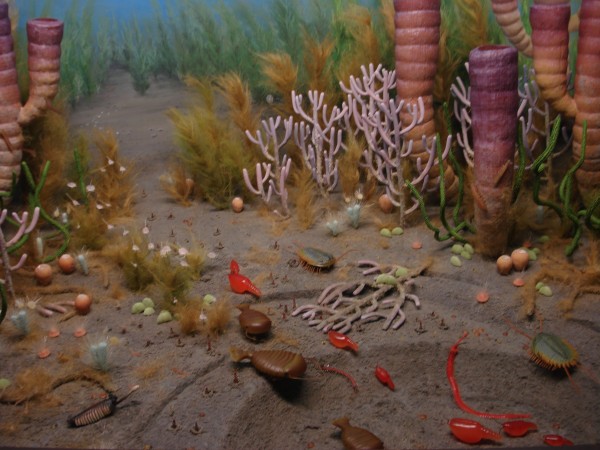
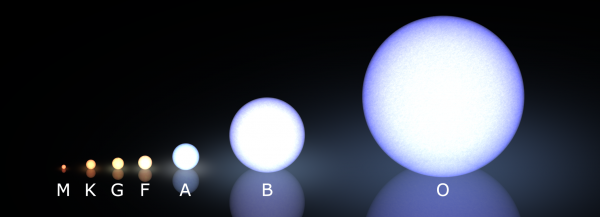
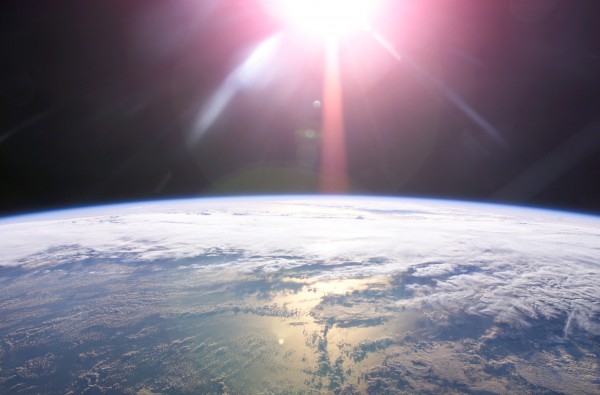

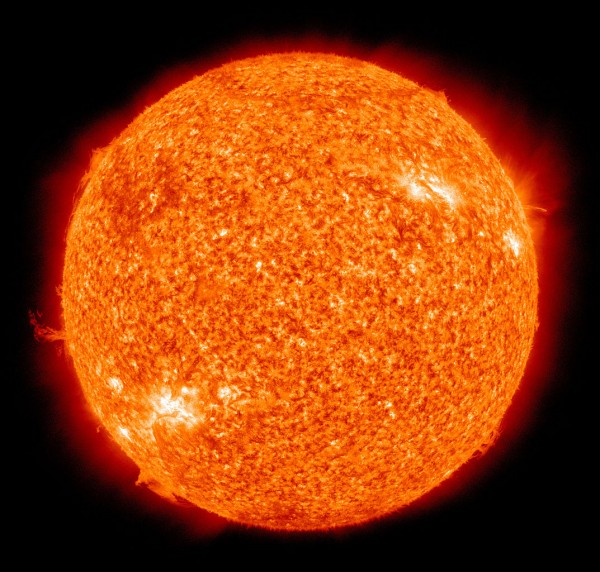
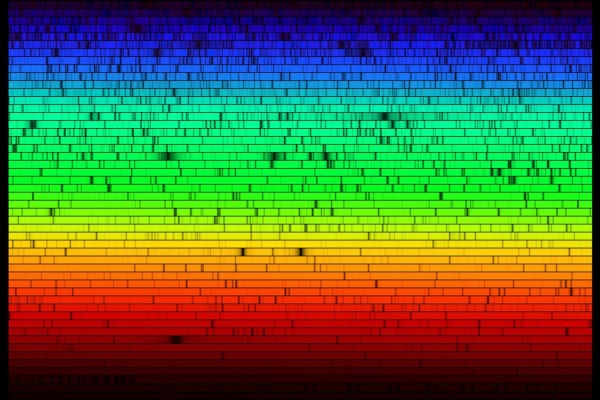
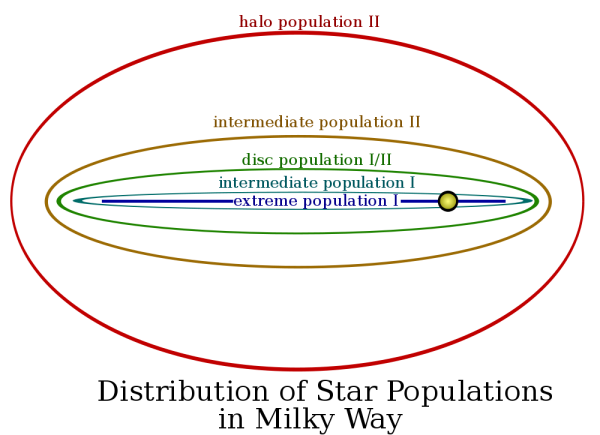
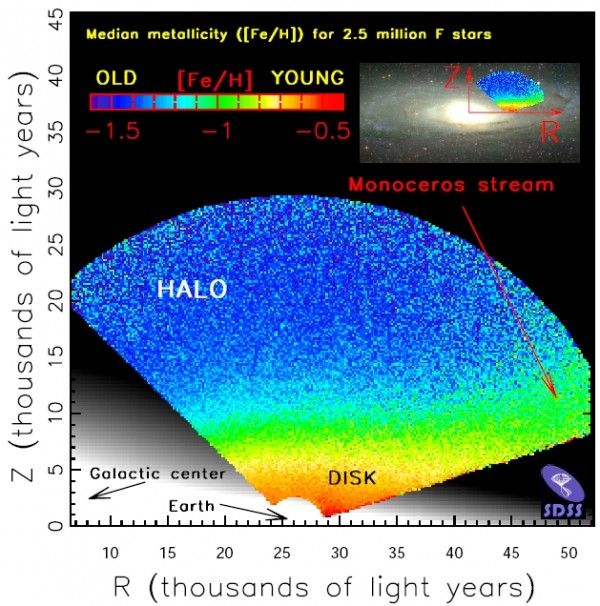
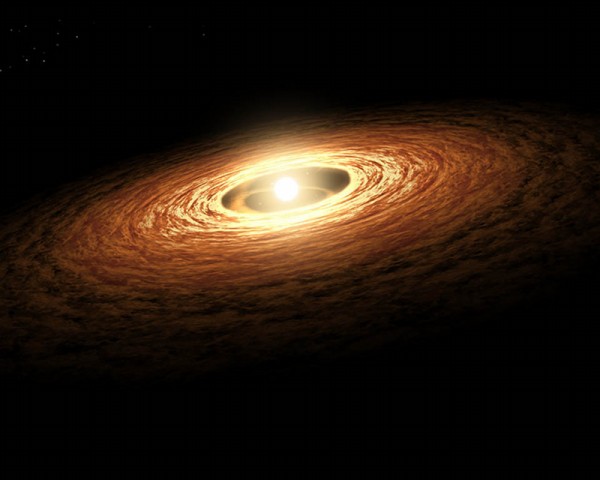
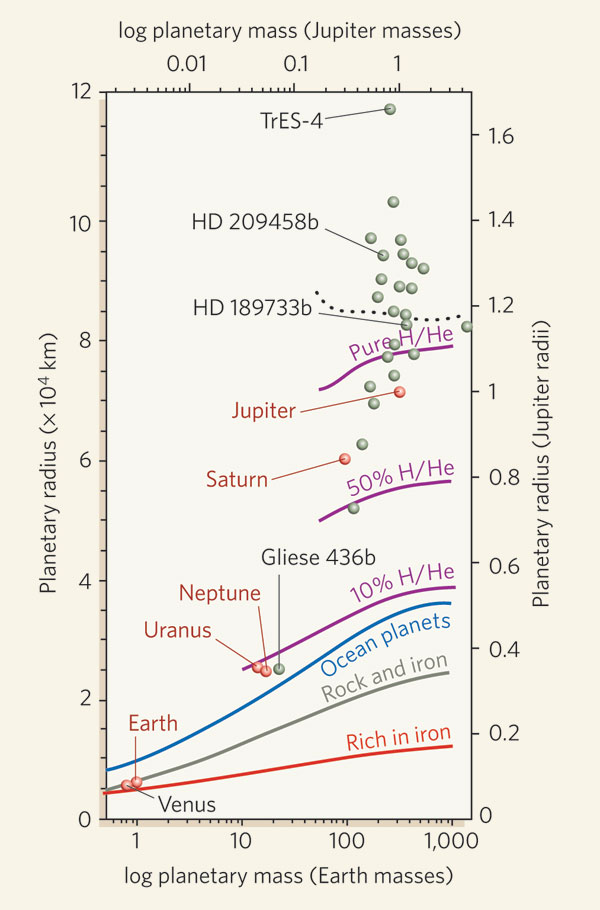
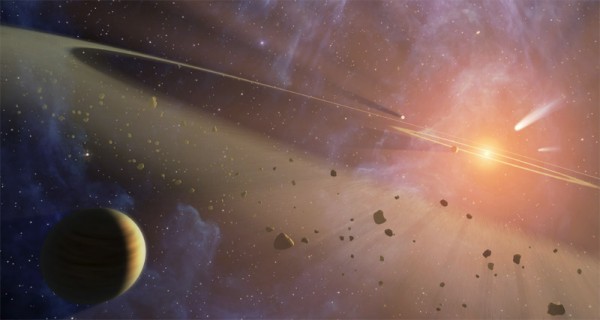
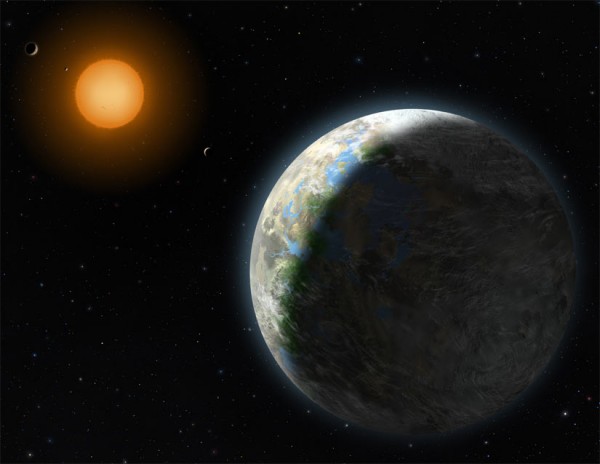
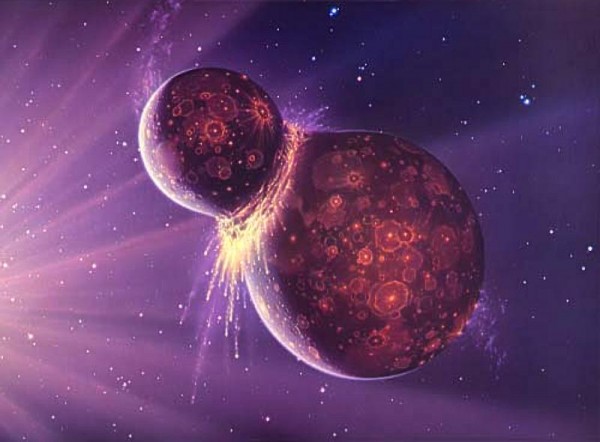
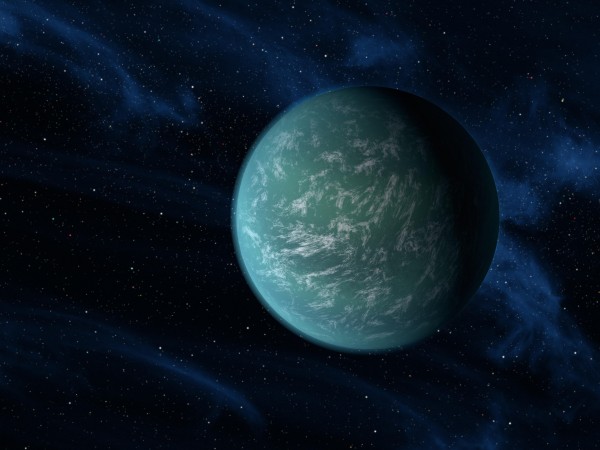
Ethan, you just blew my fucking mind. I've been reading you for years and enjoying every word. Thanks much for what you do as an educator.
Really great piece, with excellent informative graphics too, thanks!
This is a great story, and please forgive my nitpicking about two details that I have issues with:
- The billion-year-window for advanced life. Eukaryotes have been around for 2 billion years, bacteria for twice as long. They should definitely count as advanced life: a yeast cell is in fact more complex than a human cell, since it has to account for *all* functions, whereas a human cell can specialize.
- The oxygen atmosphere. The Earth acquired one only recently, and as a *consequence* of advanced life, not as a required condition. Oxygen was in fact very toxic for the organisms a few billion years ago, and may have caused the largest mass extinction in history.
Ethan,
Is there still a significant selection bias in the planets that Kepler finds? In the earliest days of exoplanet detection, there were many more Jupiter-type planets found than there were Earth-type ones. This was because it was much easier to detect Jupiter-type planets, not because they were actually more common. Is there still a significant selection bias?
I felt from a young age that there must be some similar planets to the earth. This argument shows that not only are there many possibilities for life but there are likely some very similar planets. It is nice to have a thoughtful confirmation of my gut feel.
It is astounding how many planets there probably are out there. It has also been nice for Kepler to confirm that feeling too.
It's interesting to think that it *could* be that Earth is actually an outlier - we have about the most energetic star possible for life to actually evolve on a planet around. Any bigger and it would have either blown up by now or the higher UV flux would have stripped the atmosphere (at least of water)
BUT..
This effect - specifically photodissociation of water - may be important in driving the overall oxidation of the planet - hydrosphere plus upper mantle - which in turn allows sharp redox gradients and hence 'interesting' life. Bear in mind that the process of 'oxidising' earth took perhaps 2-3 billion years, and it was only after that happened
So a hypothesis from this is that there may be many, many habitable planets around less energetic stars that are still undergoing this process, and won't be suitable for advanced life for a *long* time.
Counter-problem: These planets will become geologically inactive over this time scale, which then leads to problems maintaining the atmosphere..
But it could be that the Earth is in fact one of the first planets on which complex life emerged, and from the perspective of 10 billion years hence there could be a stream of civilizations emerging..
Did you just update the Drake equation as the Siegel equation?
Sean @3: The factors that bias in favor of detecting hot Jupiters are still present in the Kepler data. Most of the methods we have for detecting exoplanets involve effects that are larger for large and close-in planets than for smaller, further out planets. I know of one case where a candidate exoplanet has been imaged directly; that method favors cold Jupiters (you still need a big planet to see it, but you want it to be far enough from the star that the direct light from the star doesn't overwhelm the reflected light from the planet). It's an old problem in astronomy, known as the Malmquist bias. There are ways to deal with it, but they involve assuming a function for how mass is distributed with respect to some intrinsic parameter (brightness, in the case of stars).
Andrew @4: As I've always understood it, the key change in Earth's atmospheric chemistry came about with the evolution of photosynthesis. The Earth originally had a reducing atmosphere (CH4 and CO2), but photosynthesis released large quantities of O2, which is the prototypical oxidant. In addition, while it took between 3.5 and 4 billion years on Earth for multicellular life to arise, we don't know if that could happen faster on other planets. We can have the parent star be a bit brighter than the Sun before the window drops to zero--I don't have a good feel for exactly how spectral class maps to stellar mass, but there could be enough time to get multicellular life around an F8 or F9 star (F5 or brighter would probably not live long enough). On the flip side, the habitable zone moves closer with smaller stars, partially compensating for their lower UV flux. You could probably get life around any G class star, and probably the brighter K class stars. With M class stars, you run into a different problem: you have to get so close that you risk being wiped out by a coronal mass ejection.
And it's that imbalance in O2 that will be used to determine if there's life on other planets: look at the atmosphere of the planet and check the relative abundance of O2.
If it's as high as ours, then there's life there.
And of course there is the likely importance of the asteroid belt, and thus a giant planet like Jupiter beyond, for seeding the maturing Earth with water and organic materials and periodically clearing a bunch of species off the table.
I don't think destroying 99% of life on the planet and putting them back to the bacterial age counts as helping life survive.
It helped US turn up, but it is entirely unsupported to say that it was needed for life to thrive here.
And AFAIK it's still an open question whether Jupiter is a net benefit or detriment -- if the objects it captures or tosses out of the solar system outweigh the outer solar system objects it disturbs and puts on a path through the inner solar system.
@ Sean T, Eric Lund
Another important factor in the Kepler data is that it needs to see multiple transitions in order to distinguish a planet candidate from a transient event. So the amount of time the mission has run dictates what planets it's even conceivably possible Kepler could have detected -- thus another reason why the mission was front-loaded with hot planets in small orbits.
The original metric was three transitions -- so Kepler's Prime Mission timeline of 3.5 years was to give us a good chance of seeing the required 3 transitions of a planet at 1 AU from its star.
This criterion was designed based on the assumption that our sun was a fairly typical star in terms of sunspot activity. It was discovered early on in the mission (and is thus yet another science achievement for Kepler) that our sun is actually relatively quiet and stable in comparison to most of the stars out there. This extra source of noise meant that now they would need FIVE transitions to be able to clearly distinguish an exoplanet candidate.
Unfortunately, this means the Kepler mission ended before it could have possibly seen five transitions of an earth-like planet around an earth-like star. While I would never call Kepler a failure, it is true that this was one of the goals, and it did not accomplish it.
Maybe someone will figure out a clever way to tease extra signal from the noise and we can find some extra candidates from just 3 or 4 transitions... or maybe we'll just need a new exoplanet surveying tool with updated assumptions!
Its an interesting exercise, but I didn't think any serious SETI types were really looking for Earth's twin, were they? This might be the sort of search we might be interested in if we were looking to colonize another star, but it seems somewhat overspecified as search criteria for life-bearing worlds.
Spin off blog posts from this would be numerous. One would be the importance of our moon to this question of advanced life.
On a different note, if the moon was the result of a massive collision, it would seem that the original orbits of the earth-moon system would be very eccentric. How long would it take to "settle down"?
Or, as is often the case, am I missing something?
This is vary interesting post i really like it.
We need to hurry up and create a vehicle of some sort that can sustain light speed already ! I want to meet the people that live on a twin of our planet before I pass away!
To date no identical solar twin (thus no advanced life) has been found, an identical solar twin would be a G2V star with a 5,778k temperature, be 4.6 billion years old, with the correct metallicity and a 0.1 % solar luminosity variation. While some G type stars are close, none have the identical proprieties of the sun that would give a star low luminosity variation. Middle age stars at 4.6 billion years old are at the most stable state. Proper metallicity and size are also very important to low luminosity variation. We have 2.5 million star logged and not one identical solar twin, thus no advanced life. Each day it looks more like we are alone.